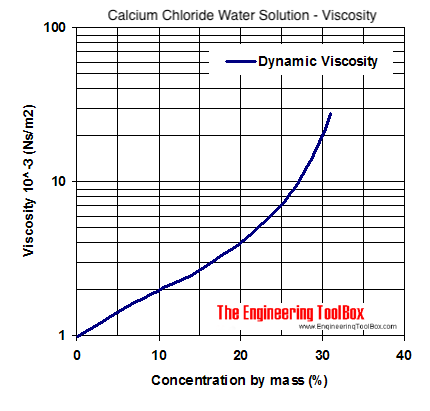
For pure glycerol, our correlation is slightly better than the five-parameter fit of Stengel et. For large temperature ranges, the errors associated with our correlation are 1–2 orders of magnitude less than those obtained with the exponential and Arrhenius fits and are considerably smaller than the errors due to using the form suggested by Litovitz (1952) for hydrogen-bonded liquids. (1982).ĪB - A four-parameter correlation of the temperature dependence of the viscosity of aqueous glycerol solutions is presented. For large temperature ranges, the errors associated with our correlation are 1–2 orders of magnitude less than those obtained with the exponential and Arrhenius fits and are considerably smaller than the errors due to using the form suggested by Litovitz (1952) for hydrogen-bonded liquids. The relative viscosity (the ratio of the viscosity at high pressure to at atmospheric pressure) of glycerol-water mixture has been measured here at temperature 38C, 50C, 75 Cand 95C in the pressure range starting from atmospheric pressure up to 6. Vand (Ill), using Ostwald viscometers, determined the viscosity of glycerol solutions of 98.4 and 99.6 concentrations at ten temperatures from 80 to 167 6. N2 - A four-parameter correlation of the temperature dependence of the viscosity of aqueous glycerol solutions is presented. These factors are of particular relevance to an understanding of the response of cells such as spermatozoa, red blood cells, and bacteria cooled rapidly with glycerol as cryoprotectant.T1 - Viscosity–Temperature Correlation for Glycerol–Water Solutions At a critical rate of cooling, water diffusion becomes limited by the high viscosity and two phenomena, of relevance to cryobiology, occur: (1) the composition of the freeze concentrated matrix around cells deviates from that of the equilibrium phase diagram and (2) the osmotic loss of water from cells is restricted. The high exibility and viscosity of glycerolmake it an important system in studies of the glass transition.17Also, glycerol has been used to preserve proteins because of itscryoprotective properties18and to stabilize enzyme activities.2,3The ability of glycerol to form hydrogen bonds with watermakes glycerolwater mixtures fascinating solutions. Validation of the diffusion calculations was confirmed by examination of the ultrastructure of the freeze concentrated matrix in samples prepared at a range of cooling rates.

At rates of cooling faster than 100 degrees C min(-1) the diffusion distance during freezing was calculated to be less than 15 microm. The effect of these high viscosities on the diffusion of water at a constant temperature during freezing and during cooling at different linear rates has been estimated. The comparison shows that with this experimental approach using an optical tweezers technique, the viscosity of water-glycerol mixture is determined to an. Abstract: The dynamic viscosity of water, glycerol, and its mixtures over a wide range of temperatures, including the supercooled region, was calculated. Glycerol is a trihydric alcohol, of 15.0 Poise viscosity at 20 C, miscible with water and ethanol in all proportions, and is immiscible with hydrocarbons. The viscosity of the glycerol-water binary system exceeded 1000 cP at -40 degrees C, whilst the viscosity of the ternary system, glycerol-water-NaCl, exceeded 100,000 cP at -55 degrees C. The objective of this study was to determine the viscosity of the residual unfrozen solution that cells are exposed to during freezing in the presence of glycerol and use this to interpret some key aspects of cryopreservation.


 0 kommentar(er)
0 kommentar(er)
